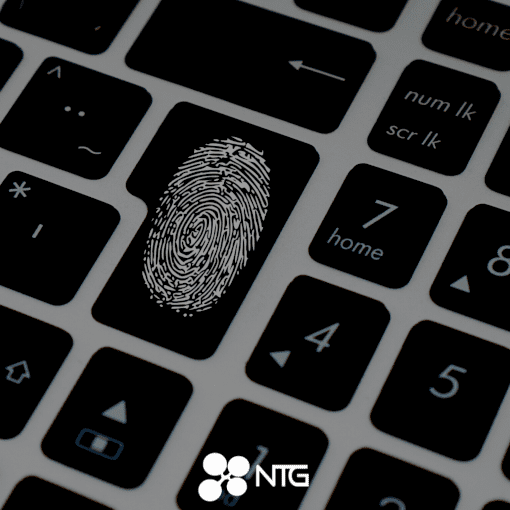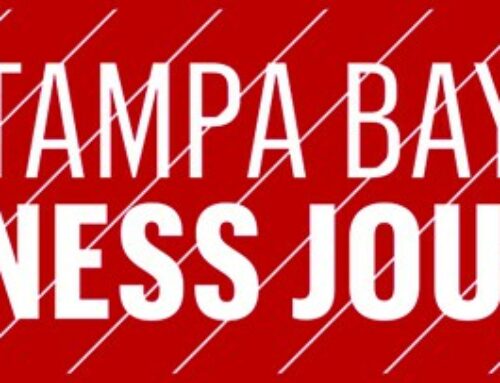Passwords are virtual locks on any services or accounts that contain your private information. Anyone can access the information contained on these accounts if they are able to break the security barrier of these passwords. This is why it’s incredibly important to make sure you know how to create strong passwords. Making a weaker, predictable password exposes you to multiple risks and may cause you to lose valuable data.
You cannot create a strong password out of the blue. You may need some time to create the best ones for you. Many people simply prefer using a unique password generator to create unique and strong passwords and use password managers to store them. Experts give many tips and tricks that help password makers to create up-to-the-mark passwords. The pro tip is to create a password that no one can guess and you can remember easily. Here, we will present you with some mandatory attributes for strong passwords and provide tips and tricks to help you make a good one every time.

What Is A Strong Password?
Ideally, a strong password is a password that no one can predict or crack. Mainly people use repetitive words or common codes as their password, some just add a suffix or prefix to an existing password, use their birthdays or favorite celebrity names as passwords for their account, and so on. All such passwords are considered weak passwords, and hackers can easily break them to get hold of your account. These modern computers are quick to resolve simple alphabetical or numerical passwords.
Websites that require signing up and asking users to set up a password recommend creating a strong password. They even display password strength underneath the password space to guide users as they create a password. Even when you make a strong password, it is recommended not to use one password for multiple accounts or repeat old passwords for new accounts.
There are many characteristics of a strong password. One must learn them to create passwords that increase and aid cybersecurity efforts.
- Create a password with 12 characters or more.
- Do not use common substitutions like @ for a, & for and, 2 for to or two.
- Use a combination of capital and lower-case letters, numbers, and symbols.
- If you are using a word as your password, make sure it is not present in the dictionary.
- Do not include the names of your loved ones, your real name, common username, or the name of your workplace.
- Your password should not be a phone number or address.
- Do not save passwords on the browser.
- Do not share passwords with anyone. Even if you share it with trusted people, do change your password afterwards.
- If you think you can forget your password, it is better to write them in a notebook that you safely store away. Creating a document on your computer or saving passwords on the drive is not safe.
- Your password must be unique.
How To Make A Strong Password?
If you are dazzled by the characteristics of a strong password, you must check these guidelines to make a strong password. Many IT consulting organizations in Tampa recommend these guidelines to help you make a strong, unique password that will keep your information well protected.
Length Of The Password
The length of the password is the main contributor to the password’s strength. Experts recommend using an 8- to 12-character long password. Shorter passwords are considered weak. The longer passwords are harder to guess or crack.
Alpha-Numeric and Symbol Combination
Your password should not consist of alphabet, numbers, or symbols only. They must contain a combination of all of these. You should utilize both capital and small alphabets instead of using anyone. You can add any punctuation mark in place of a symbol or use codes for smileys to make your password strong. A combination adds immense strength to your created password and makes it hard for hackers to crack them even by using computers.
Example: cAtNraT_55
Avoid Memorable Keyboard Paths
Keeping “ QWERTY”, “CVBNM,” or 12345 as passwords are not justified. In fact, you should also avoid using backward keyboard paths. These are much too memorable.
Avoid Personal Information
Your date or place of birth, name of your spouse, parents or children, and workplace name are easy to remember. Experts are against using personal information as a password and recommend avoiding it. Personal information is often predictable by friends and family.
Example: house#55, J.street, love_stephany2022
Use Different Password For Each Account
Creating one strong password and using it for multiple accounts is easier, but it exposes you to risk at various levels. If a hacker gets one password, he will be able to access all of your accounts sharing the same password. The rule is one unique password for each account, no matter if the account is a social media account or your bank account.
Avoid Using Old Passwords
Passwords should never be reused. Using an old password that you have shared with anyone, saved on any old browser, or has been hacked in the past predisposes your current accounts to the same threats. Experts suggest not to use any of your past passwords, even if it was a password you used very long ago.
Use A Passphrase
Longer passphrases are stronger, easier to remember, and harder to crack than using a single word. There is a trick to creating a strong password using a passphrase. First, pick a passphrase that you will remember or create one for yourself. Then pick the first alphabet of each word or use numbers or symbols to make a unique combination of characters to your passphrase. You can also incorporate capital and small letters to make your code even more unpredictable. This unique code serves as a very secure and unique strong password. You can also use an inverted passphrase to add a twist to this technique.
Example: My sister shelly ate six eggs in a day (MsisSH@6Eg_in1D)
Using Short Codes And Acronyms
Short codes or acronyms create very tricky and unique passwords. It is not necessary to use existing short codes or acronyms. Instead, you can use any personalized ones that make meaning to you, but others are unaware of it to keep it unique and unpredictable. Even when you are using short codes or acronyms, make sure to meet the criteria of at least 12 characters, and do not forget to add in symbols or numbers.
Example: 14A&A41dumaS (one for all and all for 1)
DrIzn0t4U (Doctor is not for you)
The Dictionary Method Trick
The Dictionary method was an old method where people used to select random words from the dictionary as their password. These random scattered words did not serve their purpose and were easy to predict or crack. You can still use this method but with a bit of twist, using multiple words and incorporating numbers or symbols between them.
Example: motive6aim#win22
Whichever method you employ, it’s an important cybersecurity measure to vary your passwords and make sure they’re strong and unpredictable. This could save you from a cybersecurity nightmare.


